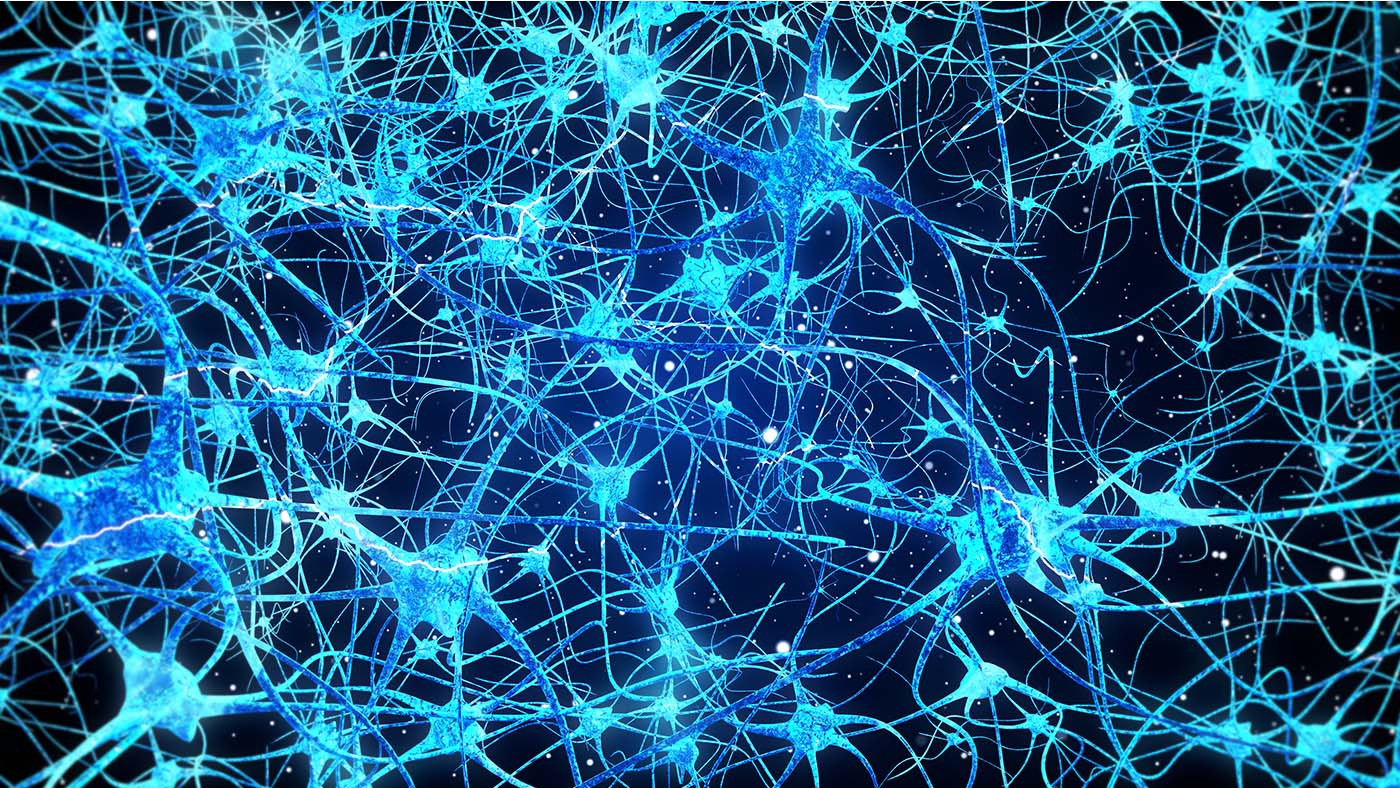What do we mean by 'making and strengthening connections in your baby’s brain'?

We often talk about building and strengthening connections in your baby’s brain, and you might have come across the phrase, ‘developing brain architecture’ – but what does that mean and what do you need to do with your baby?
Movement and brain development are closely linked
Your baby’s movements and their cognitive development are closely linked. When your baby moves, they make connections between areas of the brain concerned with controlling movement and areas that process information from their senses.[1]
As they gain more experience, they will make links between their senses and movements. Beginning to move in anticipation shows your baby can predict and respond to actions they have experienced frequently.
Key points about neural connections – simplified!
Neurons (cells in the brain) connect to each other with synapses (a synapse is a tiny gap between parts of different neurons).
The formation of synapses is called synaptogenesis. So when we talk about making connections in the brain, we are describing synaptogenesis.
Connections between neighbouring neurons are made when electrical activity in the neuron triggers the release of chemicals called ‘neurotransmitters’ – these are things like dopamine and serotonin.
Sometimes, signals are transmitted via electrical synapses, so the connection is made via electrical activity without the involvement of neurotransmitters.
Axons (the part of the neuron which takes information to another cell) are covered in a white fatty substance called myelin, which supports signals to travel between neurons.
Repetition supports myelination, making connections between neurons more efficient.
When we talk about strengthening the connections in the brain – we are describing myelination.
What can you do to support your baby's brain development?
When your baby moves, chats with you and plays, they are making and strengthening connections in their brain. They don’t need extra ‘enrichment’ activities, just plenty of time for conversations, cuddles and play.
References:
Brain Architecture (wpengine.com)
Conkbayir, M. (2017) Early Childhood and Neuroscience. Theory, Research and Implications for Practice. London: Bloomsbury.